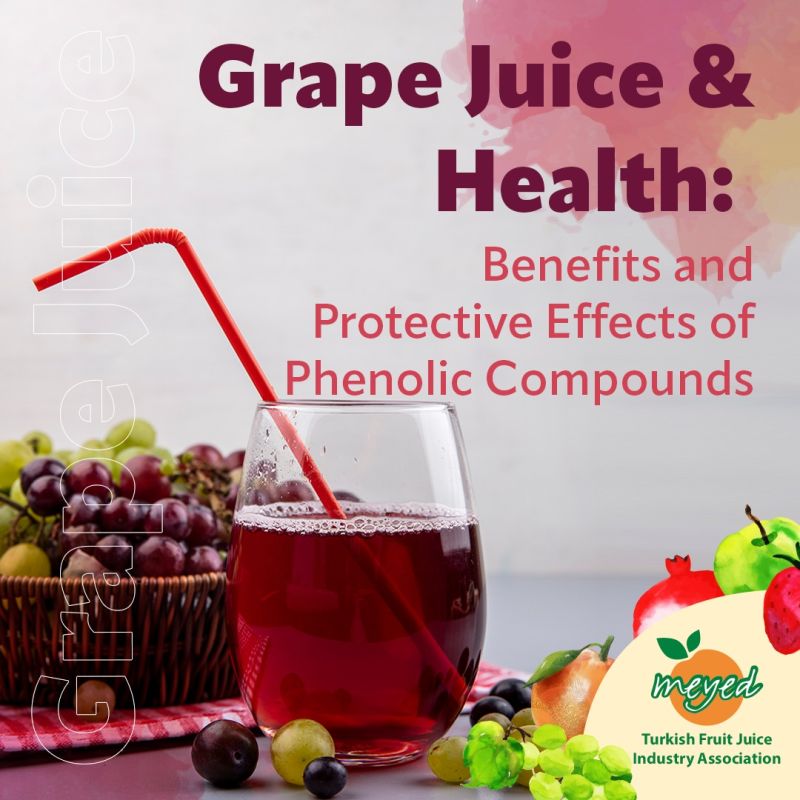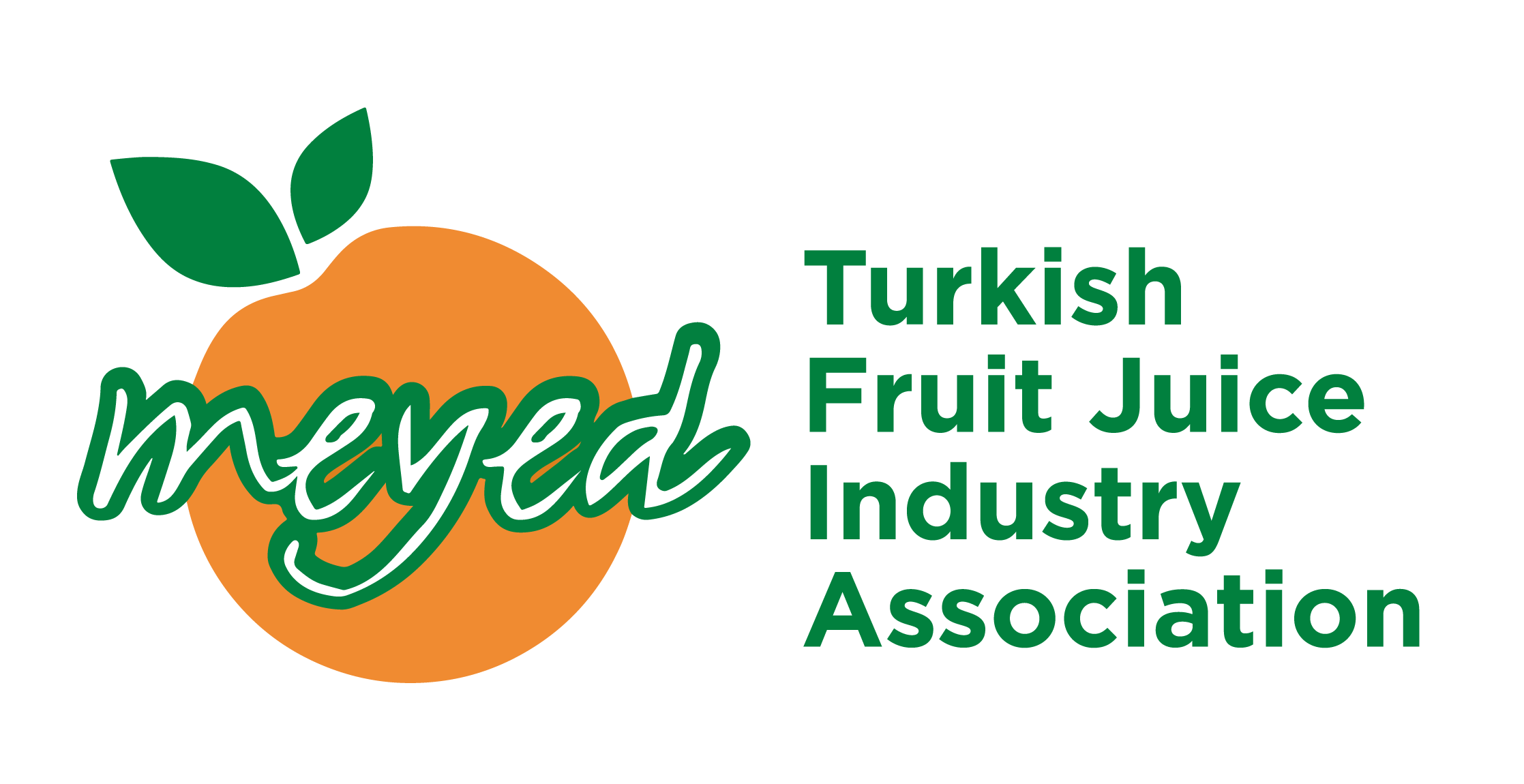
🍇Grapes are among the oldest fruits consumed by humans, and grape juice can be produced from any grape variety that has reached optimal ripeness. Depending on the production methods used, both clear and cloudy grape juices can be obtained.
🍇Grape juice is a rich source of phenolic compounds, which are known for their significant health benefits. These compounds are believed to help prevent diseases associated with oxidative stress, such as cancer, heart disease, and neurological disorders [1]. Oxidative stress occurs when free radicals accumulate in the body. Free radicals are reactive molecules that can damage cells and negatively affect various organs.
🍇Active compounds found in grape juice include phenolics, flavonoids (such as anthocyanins, flavanols, and flavonols), stilbenes (such as resveratrol), and phenolic acids. These compounds have the ability to neutralize harmful free radicals in the body, providing numerous health benefits.
🍇Flavonoids are particularly concentrated in grape seeds and skins. Grape seeds contain proanthocyanidins, (+)-catechin, (−)-epicatechin, and other proanthocyanidins [2, 3], while grape skins are rich in prodelphinidins and proanthocyanidins [4].
🍇Clinical studies have shown that grapes and their derivatives may offer protective effects against various health conditions, including heart disease, atherosclerosis, hypertension, cancer, diabetes, and neurological disorders. The health benefits of grape juice are linked to its antioxidant properties, lipid regulation, anti-inflammatory effects, cancer-preventive actions, antimicrobial and antiviral activities, cardiovascular protection, neurological support, and liver-protective functions [1].
[1] Cosme, F., Pinto, T., & Vilela, A. (2018). Phenolic compounds and antioxidant activity in grape juices: A chemical and Sensory View. Beverages, 4(1), 22. [**https://lnkd.in/esRZvdCz**](https://lnkd.in/esRZvdCz) [2] Prieur, C.; Rigaud, J.; Cheynier, V.; Moutounet, M. Oligomeric and polymeric procyanidins from grape seeds. Phytochemistry 1994, 3, 781–784. [3] Souquet, J.M.; Cheynier, V.; Brossaud, F.; Moutounet, M. Polymeric proanthocyanidins from grape skins. Phytochemistry 1996, 43, 509–512. [4] He, F.; Mu, L.; Yan, G.L.; Liang, N.N.; Pan, Q.H.; Wang, J.; Reeves, M.J.; Duan, C.Q. Biosynthesis of Anthocyanins and Their Regulation in Colored Grapes. Molecules 2010, 15, 9057–9091.

